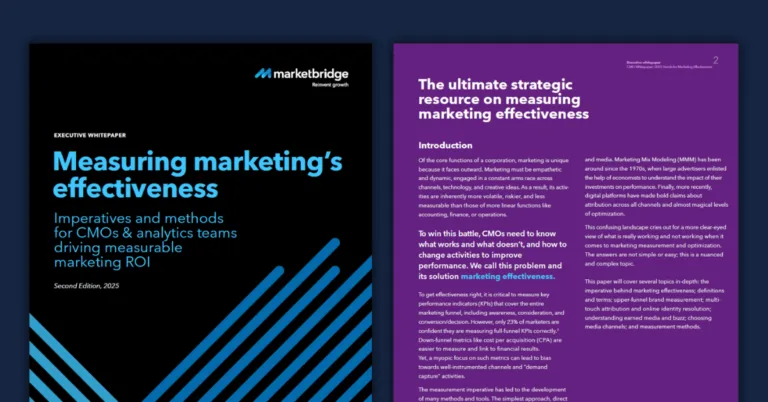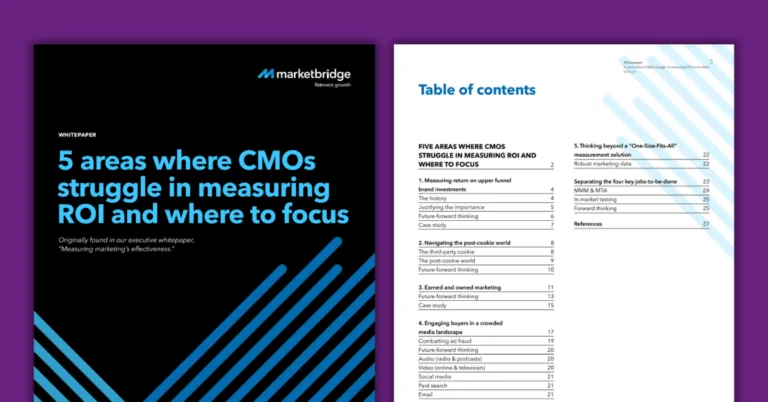Customer acquisition cost (CAC)
Customer acquisition cost measures the associated cost with acquiring a new customer or account, including both sales and marketing expenses. Understanding customer acquisition costs is critical when evaluating the efficiency of the new logo acquisition motion within an organization and ensuring long-term profitability. By understanding the cost of acquiring a new customer, organizations are able to estimate the payback period for each newly acquired customer, a metric that many organizations and investors monitor closely. Marginal customer acquisition cost (mCAC) is a close cousin, stating the cost to acquire the “last” customer at a given spend level. Spending to the point where marginal CAC is equal to customer lifetime value (CLV) is one way to optimize go-to-market investment.



